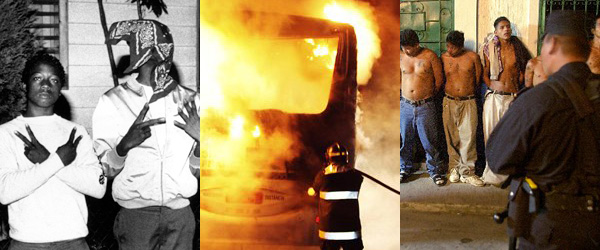
Gangs have existed for hundreds of years, in many societies. Some anthropologists have argued that the gang is among the oldest forms of human organization. According to Dr. Malcolm Klein, the former director of the Social Science Research Institute at the University of Southern California, a street gang is durable in that it remains stable even with significant and frequent member turnover; it is public in that the group spends time in public spaces (like the street) or makes an effort to promote its image in a public way; its members are young — most participants in gang culture are teenagers or are in their twenties (though the age cap is flexible); it is involved in illegal behavior of some kind; and it has a discrete identity that it is proud of and makes an effort to promote. Of course, the line between a street gang and a more highly organized criminal syndicate can be blurry — sometimes street gangs, prison gangs, and mafia-like organizations engage in a degree of cooperation. An individual gang may also be an element of a particular political or social justice movement. Click on the links below to find out more about particular gangs and the involvement of youth in street violence around the world.
Sources: BBC, COAV (Children in Organized Armed Violence), CHRISTIAN SCIENCE MONITOR, THE ECONOMIST, FOREIGN AFFAIRS, GUARDIAN UNLIMITED, HARPERS, LATIN NEWS DAILY, THE NEW YORK TIMES, National Public Radio, U.S. State Department
